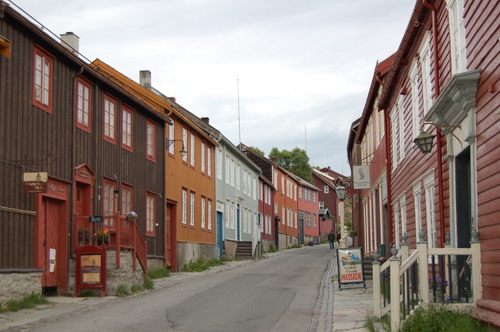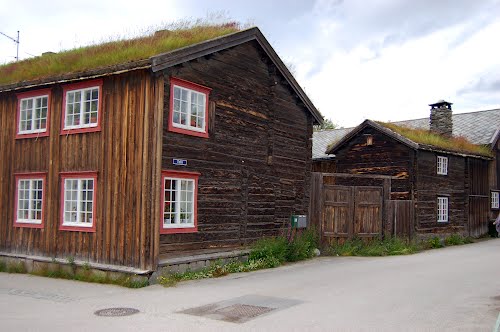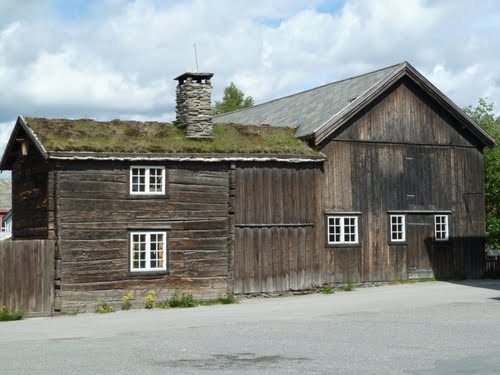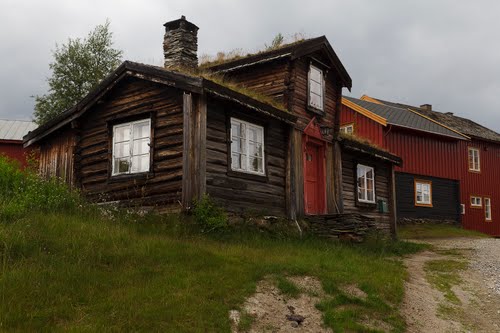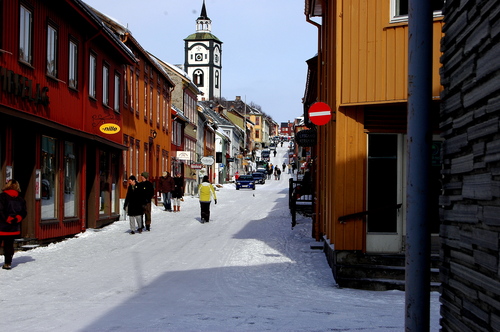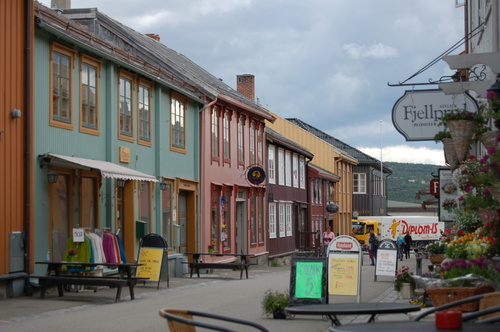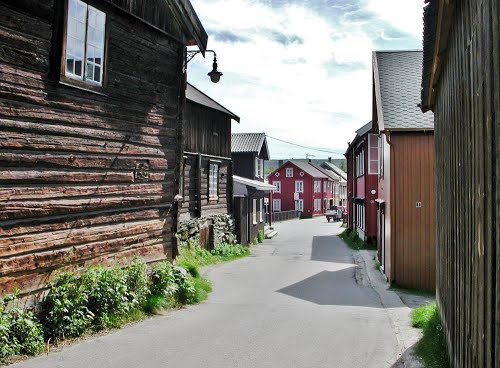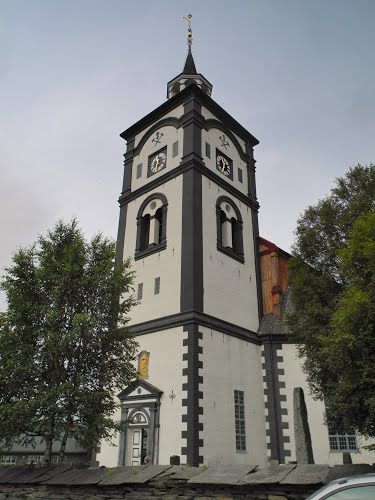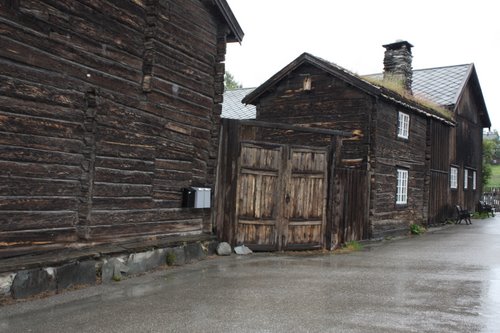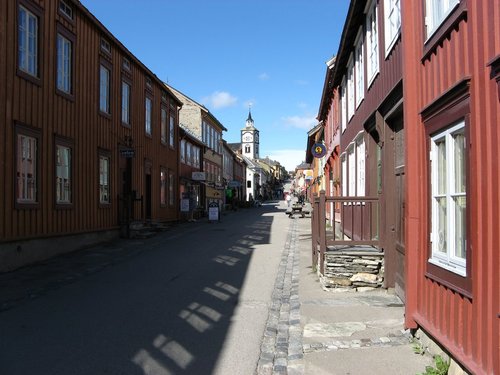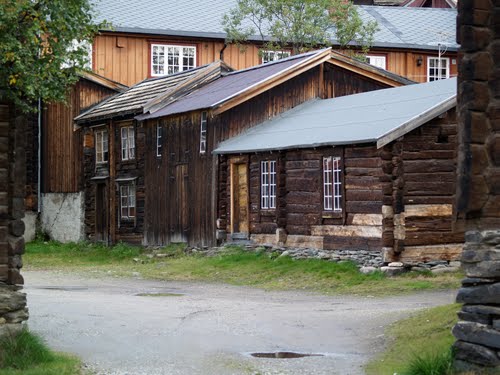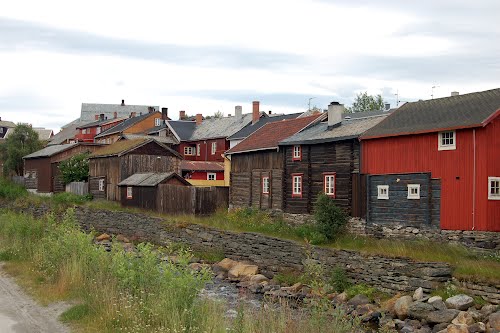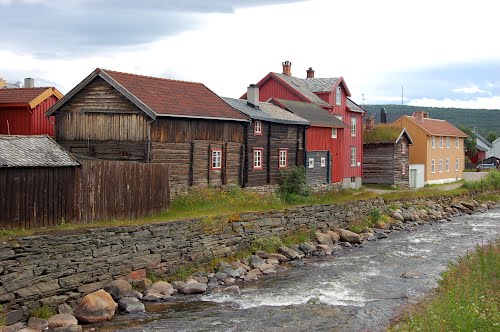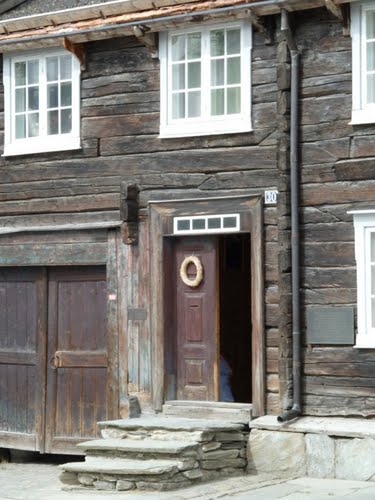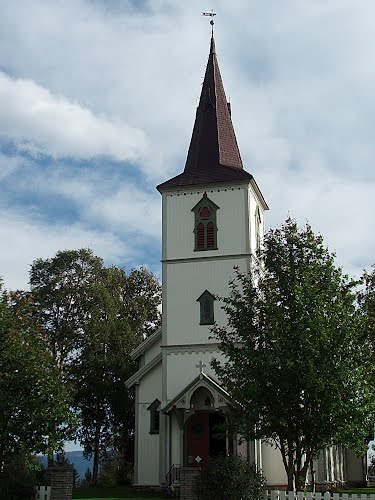Roros is a town and municipality in Sor-Trondelag county, Norway. It is part of the Gauldalen region. The administrative centre of the municipality is the town of Roros. Other villages include Brekken, Glamos, Feragen, Galaa, and Hitterdalen.
The mining town of Roros is sometimes called Bergstaden which means "the mining town" due to its historical notoriety for copper mining. It is one of two towns in Norway that were historically designated "mining towns", along with the "silver-town" of Kongsberg. The modern-day inhabitants of Roros still work and live in the characteristic 17th and 18th century buildings which have led to its designation as a UNESCO World Heritage Site in 1980. Røros has about 80 wooden houses, most of them standing around courtyards. Many retain their dark pitch-log facades, giving the town a medieval appearance.
The town is the administrative center of the municipality of Roros. There are also two churches in the town: Roros Church and Roros Chapel.
History
Roros municipality has been used by the Southern Sami people for reindeer herding up until today. Known for its copper mines, Røros is one of Norway's two nationally significant mining towns with activity starting in the 17th century.
Roros was burned to the ground in 1678 and 1679 by the Swedish Army during the Scanian War. In 1718, during the Great Northern War, the town was once again taken by the Swedish Army, led by General De la Barre, who made up the southern arm of the main Swedish Army under Carl Gustaf Armfeldt. De la Barre took the city and all their mined copper at gunpoint.
When King Carl XII was killed near Fredriksten on 30 November 1718, De la Barre retreated north to join the bulk of the army. However, this ended in tragedy, when over 3,000 rather unprepared soldiers perished in the harsh weather conditions in the mountains northwest of Roros.
Roros and its people were made famous to Norwegians at the turn of the 20th century by semi-fictional author Johan Falkberget, who told the story of the mining community from the perspective of the hard-tested miners at the bottom of the social ladder. With its authentic wooden buildings, Roros was added to the UNESCO World Heritage Site list in 1980.
Roros Copper Works
In 1644, the general manager of the mine at Kongsberg gave permission to exploit one lode of copper in the mountains near Rauhaammaaren. Storvola and Gamle Storwartz became some of the company’s most important mines. Nordgruve, another important mining area, was situated to the north east of Roros.
Starting in 1740 and onwards was a period of greatness for the Roros Copper Works with several mines yielding well. Dynamite was utilized from 1870 and later drilling machines. The electrical generating station built high-tension power lines to supply the mines starting in 1897. The Bessemer process was introduced at the end of the 1800s. The Rorosbanen railway line was completed in 1877. High prices for both copper and zinc gave good results, but then the prices dropped and there were several years with large losses. After 333 years, mining activity in Roros ceased in 1977.

